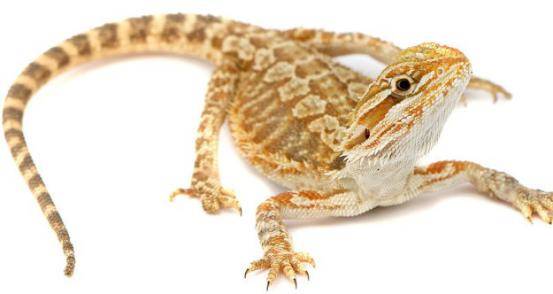When selecting the right beardie, there are some considerations to make, which revolve around gender, personal preference, price, health, etcetera.

1. Know gender – male or female
If you intend to breed them, knowing their gender is essential. These reptiles are not so dimorphic, making it challenging to distinguish a male or female specifically while still young.
Therefore, if you need a male or female for whatever reason you have, go for one that has sexually matured. To tell if they are males or females, males are larger, have a darker beard, more conspicuous femoral pores, a broader tail base due to a larger cloacal opening, and hemipenes bumps.
2. Age and appearance
You can buy a baby, juvenile, or an adult bearded dragon. If you are not sure which one to buy, go for the one that will first catch your eye.
3. Good health signs
An excellent choice should show various signs of good health, including but not limited to, the following:
- At least 4 inches if you are buying a bearded baby dragon.
- Be alert and responsive
- Have all body parts intact with no scars or injuries
- Have no swellings on its body or limbs
- Have a full round belly
- Have clear, bright eyes
What to avoid in a bearded dragon you buying
- Cloudy or sunken eyes
- Discharges from any of their openings, including nose, mouth, ears, eyes, or cloacal vent.
- Dull or loose skin unless they are about to shed.
- Jerky or trembling movements
- Mean or struggling to go away.
- Any other signs of an ill or sick bearded dragon
- Those with congenital deformations
If you know how to handle it, you can try to pick it out. A good one should not resist or try to struggle, particularly if an adult. Additionally, it should allow you to feed it.
Avoid those that show aggressiveness, nervousness, and other unwanted behavioral issues. However, younger ones can be a little skittish. Such behaviors are reasonable, and it doesn’t mean they have behavioral problems. They will be more mellow as they grow.
